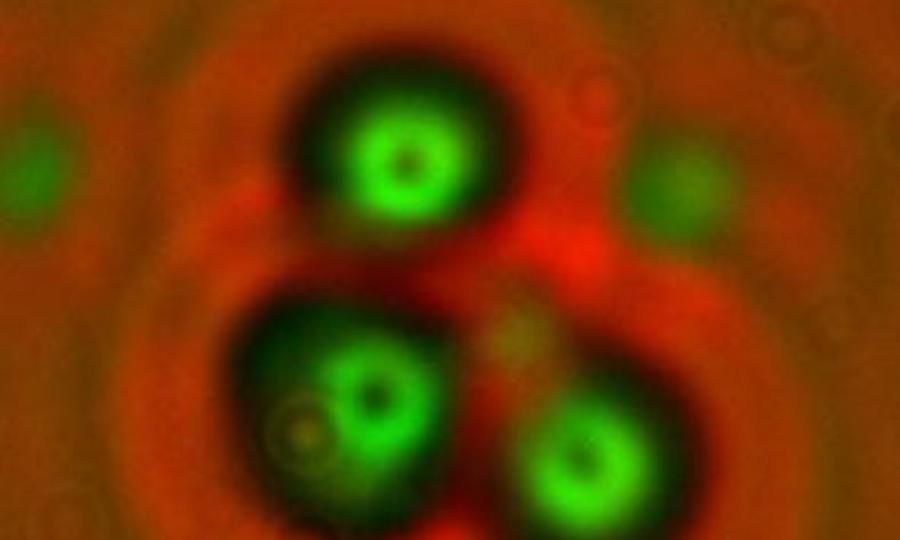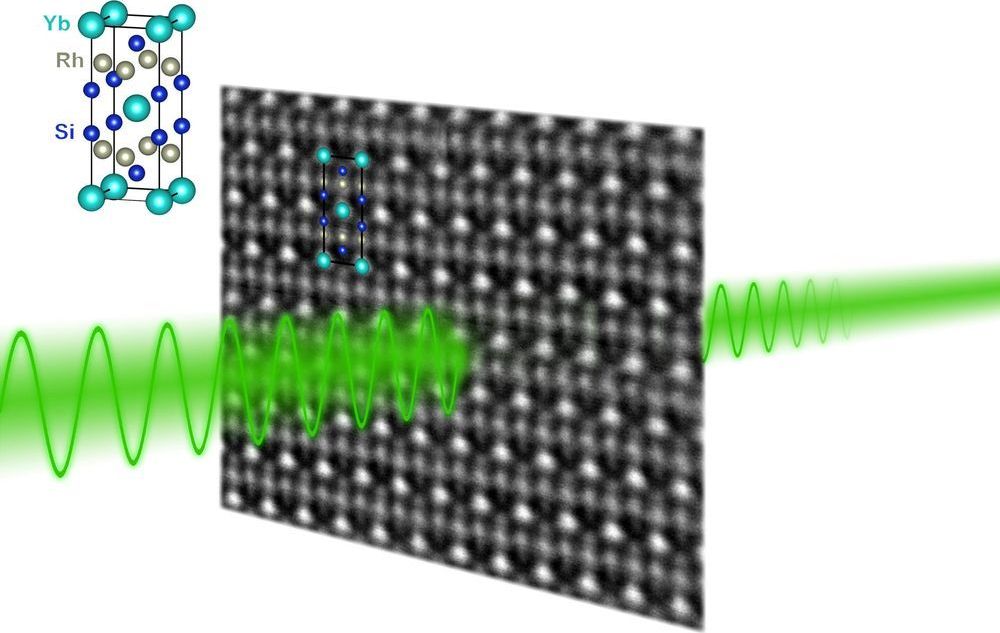Academic dubs research similar to ‘Google translate’ for cattle.



There’s something really weird in the centre of the Milky Way.
The vicinity of a supermassive black hole is a pretty weird place to start with, but astronomers have found six objects orbiting Sagittarius A that are unlike anything in the galaxy. They are so peculiar that they have been assigned a brand-new class — what astronomers are calling G objects.
The original two objects — named G1 and G2 — first caught the eye of astronomers nearly two decades ago, with their orbits and odd natures gradually pieced together over subsequent years. They seemed to be giant gas clouds 100 astronomical units across, stretching out longer when they got close to the black hole, with gas and dust emission spectra.


A massive mile-long double asteroid linked to a one-inch meteor that streaked a fireball over Japan three years ago could threaten humanity in millions of years if it eventually breaks up, scientists wrote in a report published Monday.
“The potential breakup of the rock could be dangerous to life on Earth,” Toshihiro Kasuga, a visiting scientist at the National Astronomical Observatory of Japan and Kyoto Sangyo University, said in a release Wednesday, according to CNET. “Those resulting asteroids could hit the Earth in the next 10 million years or so.”
The findings were first reported in The Astronomical Journal Monday.

WASHINGTON: Google is planning to “render obsolete” a key tool advertisers use to track people around the web, increasing user privacy but also disrupting the marketers and publishers who rely on the search giant’s ad products.
“Over the next two years Google intends to stop supporting third-party cookies in its Chrome browser,’’ the Alphabet Inc unit said in a blog post on Tuesday.
Cookies are little bits of code that stick in peoples’ browsers and follow them around the web and are a core part of the online advertising landscape. They allow advertisers to target people with ads for websites they previously visited and make it easier to determine how effective certain ads were in getting internet surfers to buy something.




African swine fever has wiped out a third of China’s pig population. Now government officials are discussing dramatic steps to stabilize the world’s largest pork market.
Pork is a huge deal in China. The country is home to half of all the pigs on the planet. The meat is a staple of the Chinese diet, which means its scarcity could damage China’s social stability. The outbreak of swine fever also threatens to upend the global pork supply chain.
While Chinese authorities have already made plans to shore up the pig market — including subsidies for pig farms and families who may struggle with soaring prices — they’re stepping up efforts to deal with the crisis.

In a new study, U.S. and Austrian physicists have observed quantum entanglement among “billions of billions” of flowing electrons in a quantum critical material.
The research, which appears this week in Science, examined the electronic and magnetic behavior of a “strange metal” compound of ytterbium, rhodium and silicon as it both neared and passed through a critical transition at the boundary between two well-studied quantum phases.
The study at Rice University and Vienna University of Technology (TU Wien) provides the strongest direct evidence to date of entanglement’s role in bringing about quantum criticality, said study co-author Qimiao Si of Rice.